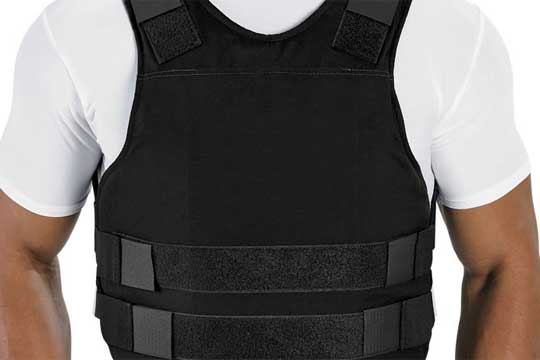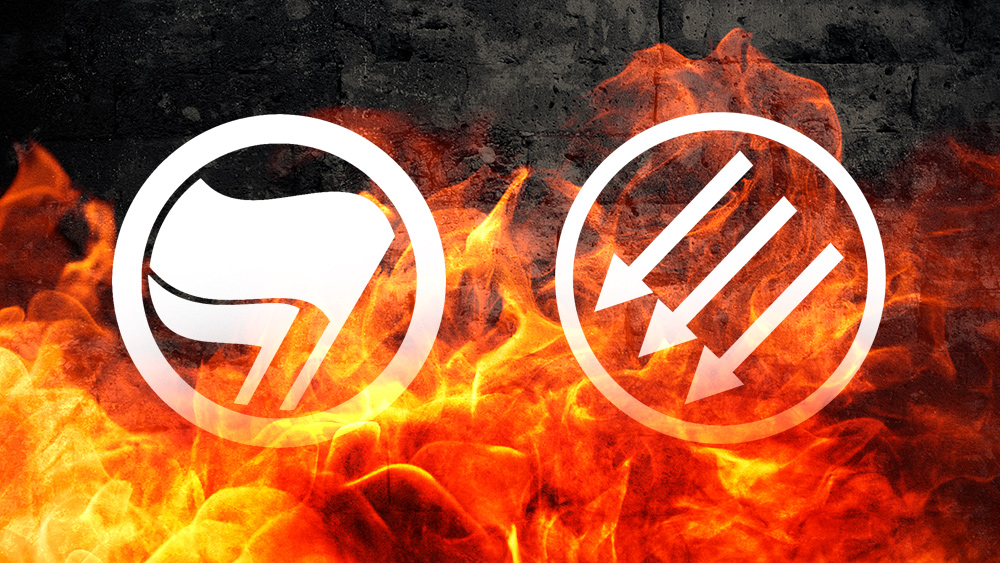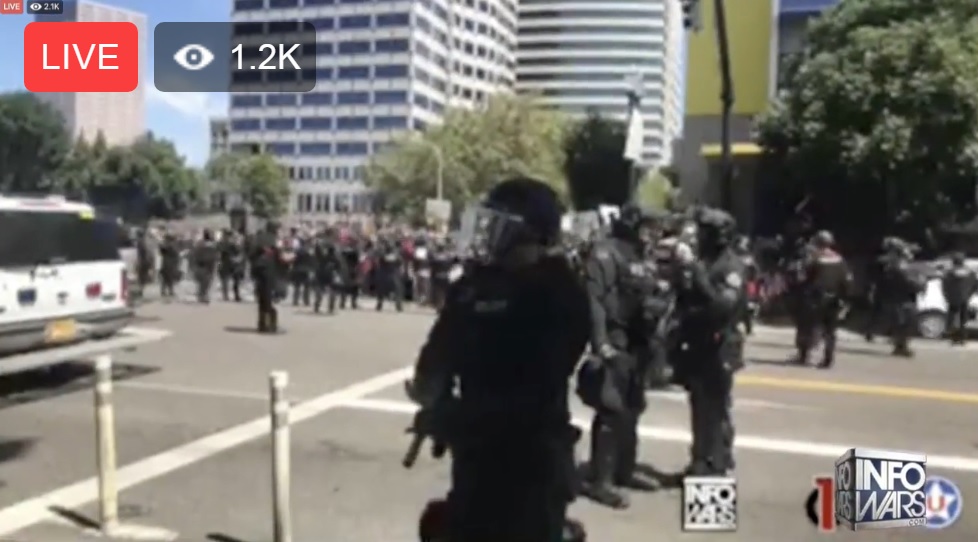Prepping for safety: Do you need body armor?
03/31/2018 / By Jayson Veley

The first thing that you have to understand if you are interested in acquiring some kind of body armor or vest is that, as ThePrepperJournal.com recently pointed out, there is no such thing as bulletproof body armor. There is bullet-resistant armor, but bulletproof armor implies that it will be completely resistant to a speeding bullet one hundred percent of the time, regardless of the caliber or other factors like velocity and fragmentation. This is simply not practical.
Even the 46100 Brinell rated ballistic steel that many claim is capable of stopping 50 cal rounds may not be one hundred percent effective if the velocity of the bullet exceeds the tested standard. When it comes to this type of steel (which is used to make armored vehicles for the military), velocity is a much bigger determinant of a bullet’s penetrating ability than other factors such as the bullet’s shape and hardness. That’s why it’s important to do your homework and understand the threats that you might face when you do get your hands on bullet-resistant – not bulletproof – armor. (Related: The Democrats have attempted to introduce legislation that would criminalize the private ownership of body armor.)
In addition to velocity, fragmentation is another factor that you must take into consideration. Indeed, when a bullet comes into contact with a steel plate, it spreads the energy and tiny pieces can scatter to other parts of the body that aren’t protected. As such, ThePrepperJournal.com advises that you get “plates that are sprayed with a spall and frag coating to contain the fragments. The current ones, in what is called ‘build-up coat’ are actually excellent. Sprayed with specialized materials not too dissimilar than those used to spray truck bed liners, they are quite effective at capturing all the fragments.” (Related: If you’ve stopped prepping, it could be the biggest mistake of your life.)
Further, ThePrepperJournal.com suggests that you consider investing in body armor, and for everyone that carries a backpack or a purse, look into acquiring backpack armor. “There are specifically designed backpacks for armor but most armor manufacturers design armor specifically for backpacks, packs, laptop, and book bags. They come in cuts and sizes that will fit nearly all civilian and military style backpacks on the market allowing a convenient and concealable solution to staying protected.”
PlanAndPrepared.com went into more detail on armor plates in an article published last April, explaining that there are three different types of plate armor that preppers can choose from: Ceramic, steel and polyethylene.
Ceramic plates
Sometimes older is better, and that is definitely the case with ceramic plates – they may have been around for quite some time now, but they are extremely effective when it comes to stopping rifle rounds from penetrating. The downside, however, is that ceramic plates start to break down after being hit, meaning that while they are good at stopping a single shot or two, they aren’t the best when it comes to stopping multiple rounds. They are also heavy, often weighing in around 7 or 8 pounds.
Steel Plates
Steel plates are also effective, but like ceramic plates, steel plates are quite heavy – a 10 x 12 sheet weights almost 10 pounds. Obviously, in a survival situation, this could affect your ability to travel from point A to point B, because the more weight you have on you, the more energy you’ll have to exert.
Polyethylene plates
If you choose to go with polyethylene plates, know that while they typically weigh less than ceramic, you will be paying a bit more than you would be if you decided to go with another material. Still, they are specifically designed to stop multiple rounds, so it may be a good choice for preppers who expect to be defending themselves often.
Sources include:
Tagged Under: body armor, bulletproof armor, Gear, preparedness, prepping, safety, self-defense, shootings, survival, violence
RECENT NEWS & ARTICLES
COPYRIGHT © 2017 VIOLENCE NEWS



















